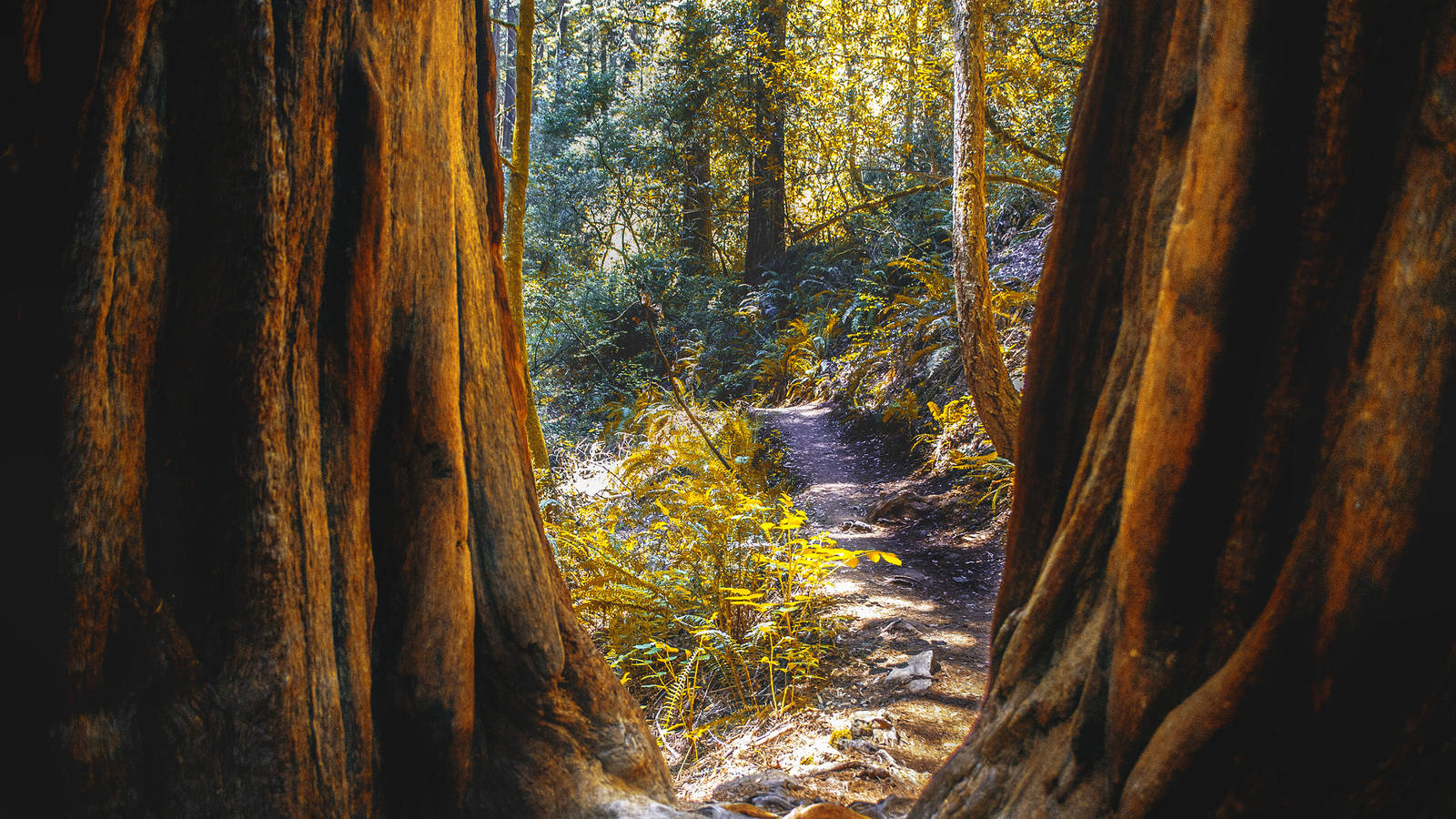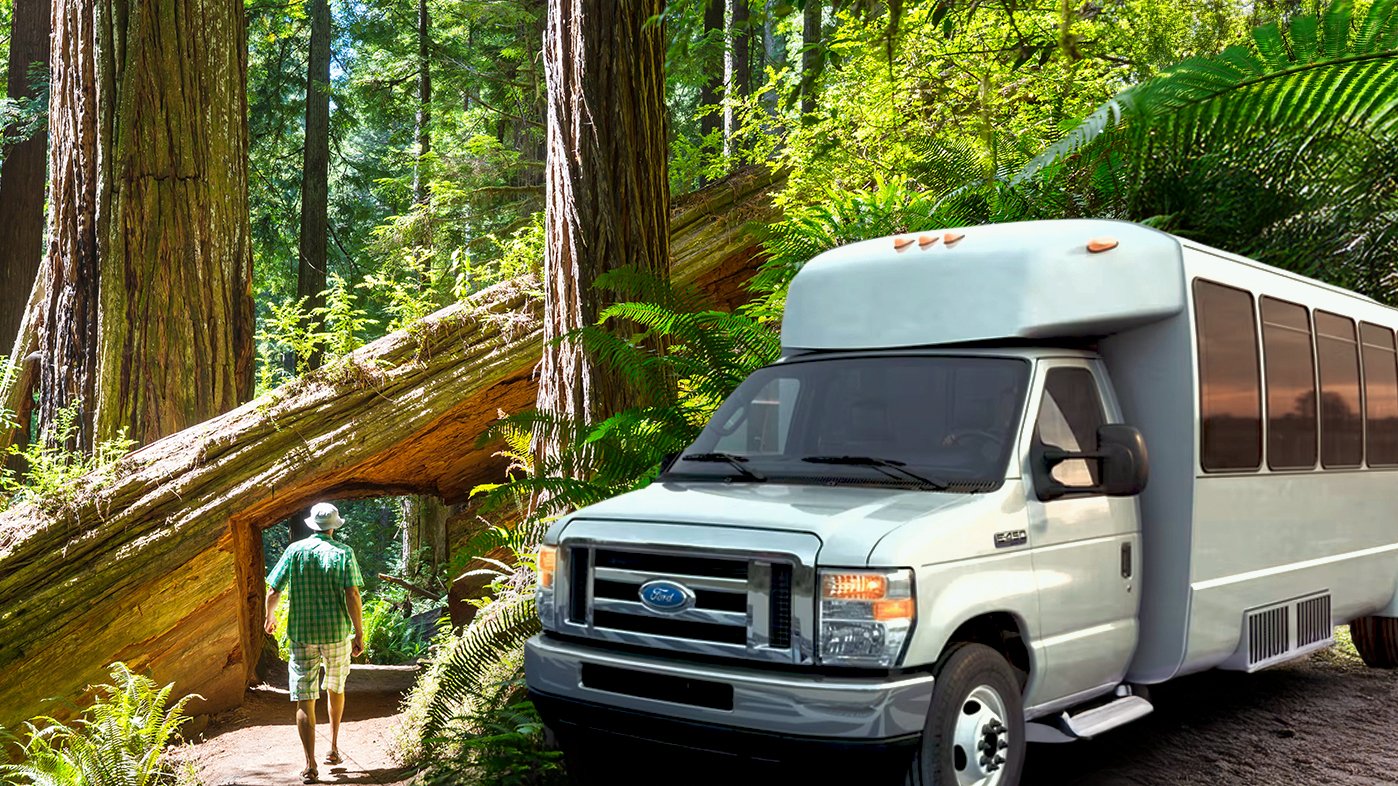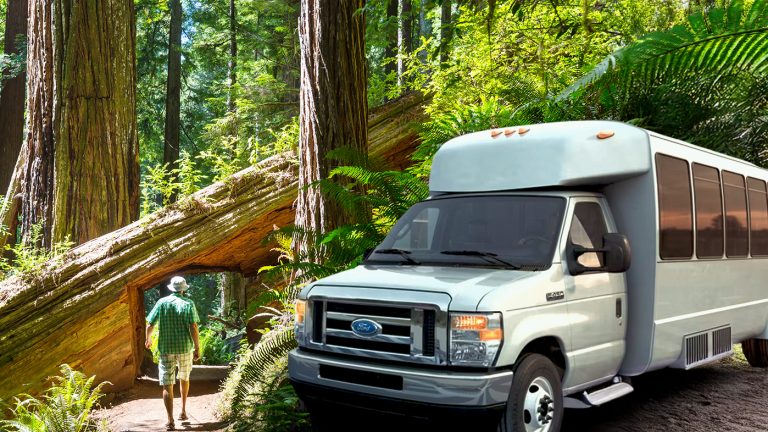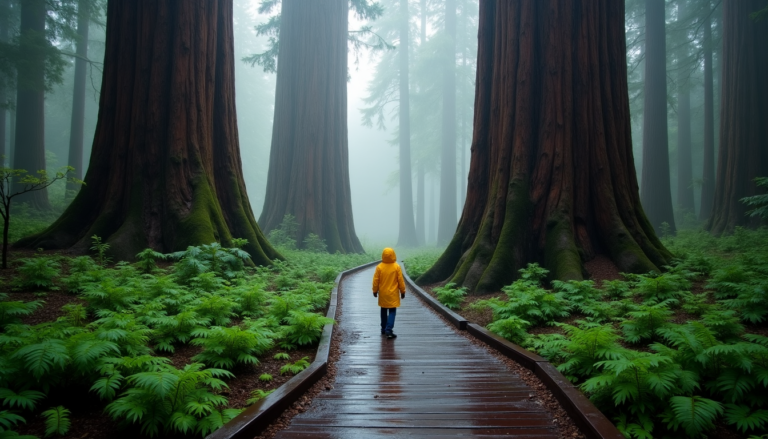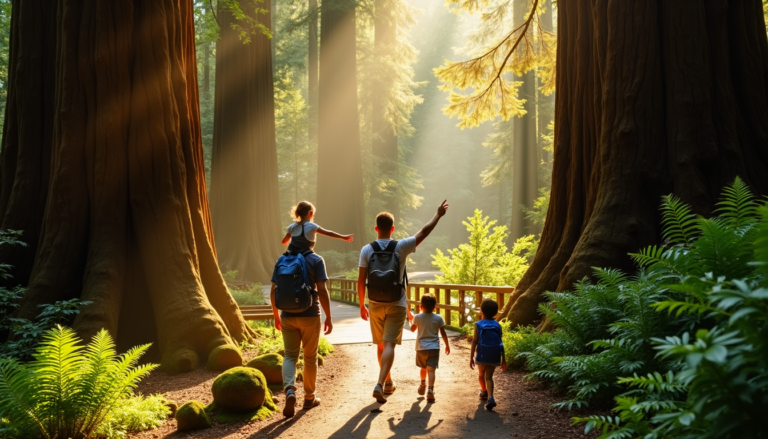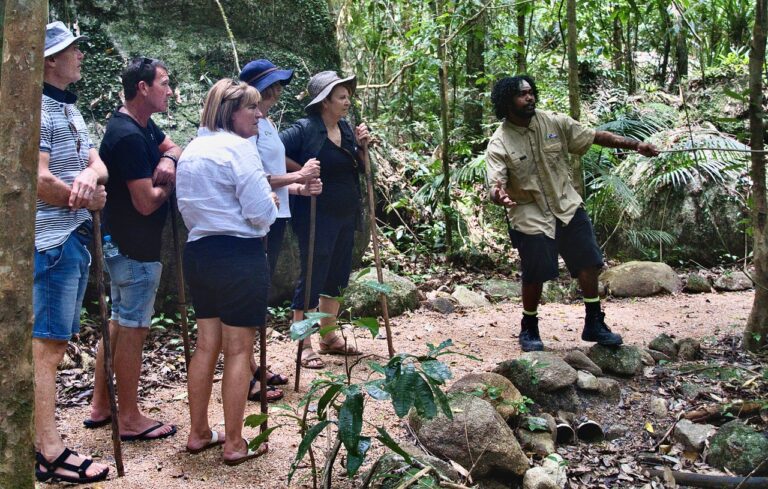Redwood parks offer awe-inspiring experiences, but choosing the right one can be tricky. When it comes to Redwood parks comparison, Muir Woods often stands out as a popular choice. However, other redwood parks have their own unique charms and features that might make them a better fit for your adventure. You’ll want to consider factors like location, tree size, and visitor amenities to make the best decision for your trip.
As you plan your visit to these natural wonders, it’s helpful to understand the differences between Muir Woods and other redwoods. This guide will walk you through the key aspects to consider, including accessibility, the diversity of trees you’ll encounter, and the overall experience each park offers. By comparing these factors, you’ll be better equipped to choose the redwood park that aligns with your preferences and expectations.
Location and Accessibility
When comparing Muir Woods to other redwood parks, location and accessibility play a crucial role in your decision-making process. Let’s explore how these factors differ between Muir Woods and other redwood parks.
Muir Woods Location
Muir Woods National Monument is conveniently situated just 12 miles north of the Golden Gate Bridge. This prime location makes it an ideal destination for visitors to San Francisco who want to experience the majesty of redwoods without venturing too far from the city. The park is part of the Golden Gate National Recreation Area and sits on Mount Tamalpais in southwestern Marin County, California.
To reach Muir Woods, you’ll need to cross the iconic Golden Gate Bridge and follow the signs. The journey offers stunning views of San Francisco Bay and the surrounding landscape. However, it’s important to note that parking at Muir Woods has become more regulated in recent years. As of 2018, a reservation system was introduced to manage the high volume of visitors, which can reach up to 6,000 per day during peak seasons.
Other Redwood Parks Locations
While Muir Woods is easily accessible from San Francisco, other redwood parks are spread across a wider area of Northern California. The Redwood National and State Parks complex, for instance, is located much further north in Del Norte and Humboldt counties. These parks protect a significant stretch of coastline and offer a more expansive redwood experience.
Unlike Muir Woods, which is a relatively small area, the Redwood National and State Parks cover a vast territory. They preserve 37 miles of pristine coastline and feature a diverse range of ecosystems beyond just redwood forests. This larger area provides more opportunities for exploration but requires more travel time to reach from major urban centers.
Comparison of Accessibility
Muir Woods stands out for its exceptional accessibility, especially for those based in or visiting San Francisco. You can reach the park within an hour’s drive from the city, making it possible to experience old-growth redwoods on a day trip. This proximity has contributed to its popularity and, consequently, to the implementation of measures to manage visitor numbers.
On the other hand, other redwood parks, while more remote, offer a different kind of accessibility. The Redwood National and State Parks, for example, provide about 200 miles of trails for hiking, biking, and horseback riding. This extensive network allows for a more immersive experience in the redwood ecosystem.
It’s worth noting that accessibility isn’t just about location. Muir Woods has made efforts to ensure its trails are wheelchair accessible, allowing visitors with mobility challenges to enjoy the beauty of the redwoods. Similarly, other redwood parks strive to provide accessible experiences, recognizing the importance of making these natural wonders available to all.
When planning your visit, consider your transportation options. While driving is a popular choice, Muir Woods offers a shuttle service from nearby locations like Sausalito and Larkspur Landing. This can be a convenient alternative, especially during peak seasons when parking can be challenging. For other redwood parks, driving is often the primary mode of transportation due to their more remote locations.
In conclusion, your choice between Muir Woods and other redwood parks may depend on your location, time constraints, and desired experience. Muir Woods offers unparalleled convenience for those near San Francisco, while other parks provide a more extensive, albeit distant, redwood adventure. Whichever you choose, you’re sure to be awed by the magnificent redwoods that call these parks home.
Tree Size and Diversity
When comparing Muir Woods to other redwood parks, the size and diversity of trees play a significant role in shaping the visitor experience. Let’s explore how these factors differ between Muir Woods and other redwood parks.
Muir Woods Trees
Muir Woods is home to impressive coast redwood (Sequoia sempervirens) trees, known for their towering heights. While these giants can grow up to nearly 380 feet tall, the tallest tree in Muir Woods reaches 258 feet. This height is equivalent to stacking a six-foot person head to toe about 45 times. It’s fascinating to think that these massive trees grow from seeds no bigger than a tomato seed.
The redwoods in Muir Woods are relatively young by redwood standards, with most trees between 500 and 800 years old. The oldest tree in the park is at least 1,200 years old. This is still considered young for redwoods, as they can live up to 2,200 years.
Muir Woods also has a diverse understory, including California bay laurel, bigleaf maple, and tanoak. These species have adapted to the low light conditions beneath the redwood canopy. For instance, the bigleaf maple has developed the largest leaf of any maple species to capture more of the forest’s dim light.
Other Redwood Parks Trees
Other redwood parks, particularly those further north, boast even more impressive tree sizes. In Redwood National Park, for example, coastal redwoods can reach heights up to 370 feet. This is significantly taller than the trees in Muir Woods and even surpasses the height of the Statue of Liberty by 74 feet.
These parks also have a greater variety of tree species. Besides redwoods, you’ll find Douglas fir, spruce, western hemlock, and big leaf maple. This diversity adds to the richness of the forest ecosystem and provides different habitats for various plant and animal species.
Size and Diversity Comparison
When comparing Muir Woods to other redwood parks, there are notable differences in both size and diversity. While Muir Woods is impressive, it’s relatively small, covering about one mile long by one quarter mile wide. In contrast, Redwood National Park stretches about 50 miles long and up to 5 miles wide, offering a more expansive redwood experience.
The trees in other redwood parks tend to be taller, with some reaching up to 379 feet. This height difference can have an impact on your experience, as the taller trees create an even more awe-inspiring canopy.
In terms of diversity, while Muir Woods has a rich understory, other redwood parks often have a greater variety of tree species. This diversity can provide a more complex forest structure and support a wider range of wildlife.
It’s worth noting that Muir Woods is the only old-growth coastal redwood forest in the Bay Area and one of the last on the planet. This makes it a unique and valuable ecosystem, despite its smaller size compared to other redwood parks.
When deciding which park to visit, consider what you’re looking for in your redwood experience. If you want to see the tallest trees and explore a vast, diverse forest, you might prefer one of the northern redwood parks. However, if you’re looking for an accessible taste of old-growth redwoods close to San Francisco, Muir Woods offers an unparalleled opportunity.
Regardless of which park you choose, you’ll have the chance to witness these magnificent trees that have stood for centuries, playing a crucial role in carbon, nutrient, and water cycling in the forest. Each park offers a unique window into the world of redwoods, showcasing the incredible diversity and resilience of these ancient forests.
Visitor Experience and Amenities
Muir Woods Experience
When you visit Muir Woods, you’re in for a unique experience that combines accessibility with natural wonder. Located just 30 minutes from San Francisco, this park offers a well-organized setup with a visitor center, restroom facilities, and reserved parking. As you explore, you’ll find yourself on gravel pathways and wooden boardwalks that guide you through the forest. These trails are designed to be wheelchair and stroller-friendly, making the park accessible to a wide range of visitors.
One of the standout features of Muir Woods is its compact size, measuring about one mile long by one quarter mile wide. This means you can experience the majesty of redwoods without committing to a lengthy hike. The trees here reach impressive heights of about 250 feet, offering a taste of the redwood experience in a manageable setting.
However, it’s worth noting that Muir Woods’ popularity can lead to crowds, especially during peak seasons. If you’re looking for solitude, you might find it challenging to avoid other visitors while staying on the main paths.
Other Redwood Parks Experience
For those seeking a more expansive and immersive redwood experience, parks like Redwood National Park offer a different kind of adventure. These parks cover a much larger area, with Redwood National Park stretching about 50 miles long and up to 5 miles wide. This vast expanse allows for a more diverse range of experiences and ecosystems.
In these larger parks, you’ll encounter even taller trees, with some reaching heights of up to 370 feet. The sheer scale of these giants can be awe-inspiring, especially when compared to the already impressive trees in Muir Woods. These parks also boast a greater variety of tree species, including spruce, western hemlock, and big leaf maple, adding to the richness of the forest ecosystem.
One of the key differences in the visitor experience at these larger parks is the opportunity for solitude and exploration. With over 200 miles of trails available, you have more chances to find quiet spots and immerse yourself in nature. These parks also offer a wider range of activities, from hiking and biking to wildlife watching and scenic drives.
Amenities Comparison
When it comes to amenities, Muir Woods and other redwood parks cater to different types of visitors. Muir Woods, given its proximity to San Francisco, offers more developed facilities. You’ll find a well-equipped visitor center, interpretive displays, and ranger-led programs. The park’s accessibility and organized structure make it an ideal choice for those looking for a quick redwood experience or those with mobility concerns.
On the other hand, larger redwood parks like Redwood National and State Parks complex offer a more rustic experience. While they have visitor centers and some developed areas, the focus is more on immersing visitors in nature. These parks provide opportunities for camping, which isn’t available at Muir Woods. They also offer a wider range of hiking trails, from short nature walks to challenging backcountry treks.
Both Muir Woods and other redwood parks have their unique charms and cater to different preferences. Whether you’re looking for a quick, accessible redwood experience or a more immersive forest adventure, there’s a redwood park that’s right for you.
Conclusion
To wrap up, choosing between Muir Woods and other redwood parks depends on your preferences and circumstances. Muir Woods offers a convenient and accessible taste of old-growth redwoods near San Francisco, perfect for a quick visit or those with limited mobility. On the other hand, larger parks like Redwood National Park provide a more expansive and diverse experience, ideal for those seeking a deeper immersion in nature.
Both options have their unique charms, from Muir Woods’ well-organized trails to the towering giants of northern parks. Whatever your choice, you’re sure to be amazed by these ancient forests. Book your shuttle to Muir Woods from San Francisco today to start your redwood adventure. Remember, each park offers a special window into the world of redwoods, showcasing their incredible beauty and importance to our ecosystem.


